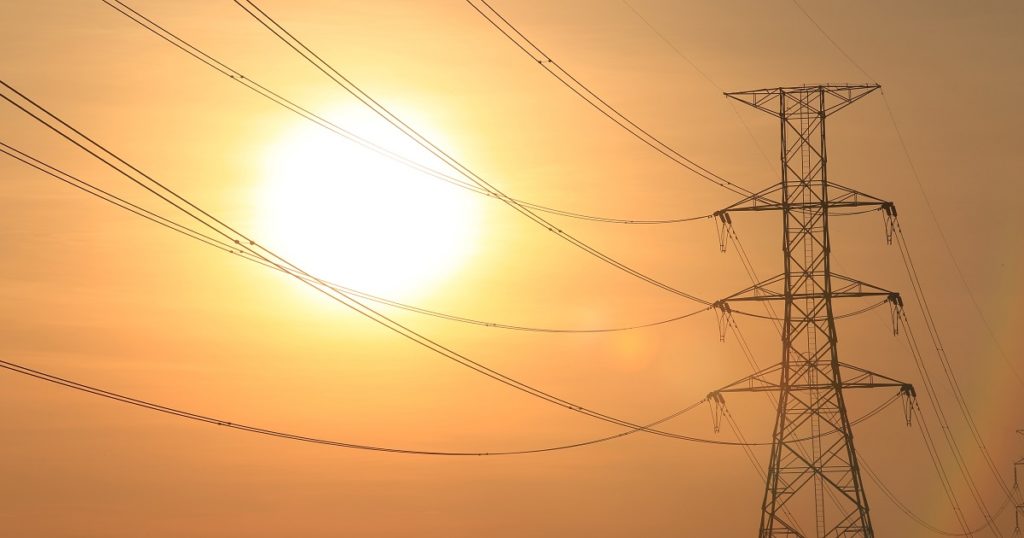
Separate than the rest of the country, Texas has its own power grid. The Lone Star State is reliant upon itself to meet the energy demands of its residents.
However, since the Winter Storm Uri last year, and the failure of six power generators recently, Texans are skeptical about how generators will do with the upcoming summer heat.
According to the Texas Public Utility Commission (TPUC) and the Electric Reliability Council of Texas (ERCOT), the Texas’ power generators are expected to be operational and withstanding in the summer.
ERCOT says that their expected summer consumption in the state of Texas is going to be over 77,000 megawatts. Their stores for this summer will be 91,392 megawatts for cushion just in case. 200 homes can be powered by 1 megawatt.
However, our power plants are getting old, and if capacity is not a problem, it is the “capacity not showing up” that will be the problem.
Since last year, Texas power plants have had to weatherize to withstand extreme temperature. While insulation is needed for extreme cold, summer will test if they can withstand extreme heat.
You need cold water to make the plants run effectively in hotter weather. But with warming water, Texas facing a drought, and higher demand from the heat, that will be very difficult to manage this summer if our power plants cannot run effectively.
These power plants usually receive maintenance repairs in the spring when demand is low. Yet, with the early summer heat wave in May, demand was high for energy and power plants were told not to stop for maintenance repairs.
Additionally, Texas’ energy system is based on supply and demand. We have market driven power plants, with competing energy providers. This makes it difficult when we need energy in a crisis because we do not have generators just sitting around. They are all driven by supply and demand.
Usually when demand is high and energy is scarce, that is when the price goes up for energy providers, and they can make most of their money. However, after Winter Storm Uri, our legislatures took a regulatory turn for a more reliable energy system in the state.
Other states have a federally regulated power grid. That means there are plants that are paid to be idle until they are needed. That also means they can pull energy from other areas.
Thus, with these two things, Texas’ power plants will be tested in the summer heat, and we will feel it if they fail.
[Story by Jacob Lehrer]